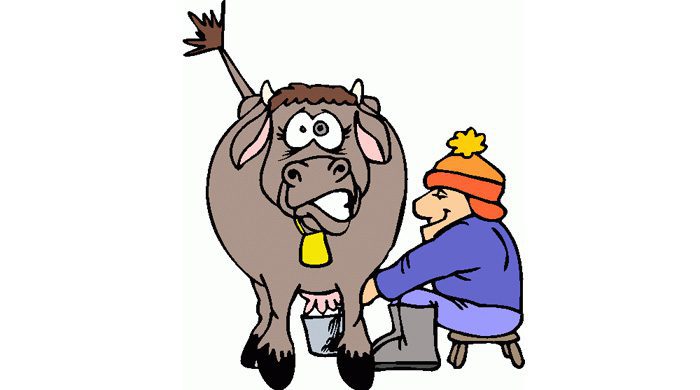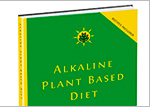Paratuberculosis Bacteria In Meat And Milk Is Linked To Type 1 Diabetes

Bacteria in Meat and Milk and the Autoimmune Destruction of the Pancreas
Type 1 Diabetes is a pancreatic autoimmune disorder where the body attacks the pancreas’ insulin producing pancreatic B cells. In the case of autoimmune disorders, the body gets tricked into viewing certain cells in the body as foreign to the body.
This happens when foreign substances or antigens have a similar chemical makeup to compounds or cells in the body. The body’s immune system will be develop antibodies to target the antigens and they will also target the similarly structured cells in the body.
Most the cows, sheep, and goats and their milk contain Mycobacterium avium subsp. paratuberculosis or paratuberculosis. Paratuberculosis is a bacteria that has a similar molecular makeup to cells in the pancreas.
The body produces antibodies to kill the bacteria, but unfortunately it doesn’t distinguish between the similarly structure cells in the pancreas.
Learn About Health Supporting Foods on the Dr. Sebi Nutritional Guide »
Rise in Childhood Type 1 Diabetes
Childhood Type 1 Diabetes has been on the rise worldwide after World War II. Paratuberculosis infections in animals and people increased with the explosion of factory farming of animals.
In 2007 a survey found 68.1 percent of U.S. dairy operations were infected with the bacteria.[1] The larger the operation the higher the percentage. 95 percent of the cows in dairy operations with more than 500 cows tested positive for the bacteria.
This bacteria is now recognized as a global problem for the livestock industry.[2] The dairy industry is not too eager to publicize this information because “Fear of consumer reaction also can impede rational, open discussion of scientific studies.”[3] Really?
Dr. Greger: Meat, Milk, and Type 1 Diabetes:
Sources:
[1] APHIS Veterinary Services Centers for Epidemiology and Animal Health April 2008 Info Sheet.
[2] International Efforts at Paratuberculosis Control.
[3] Mycobacterium paratuberculosis: a potential food-borne pathogen?






